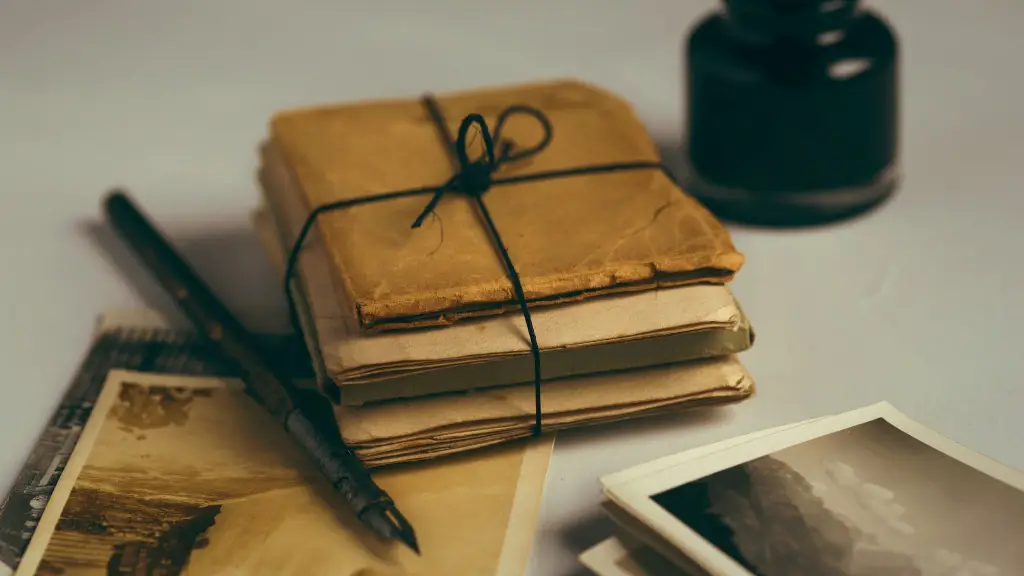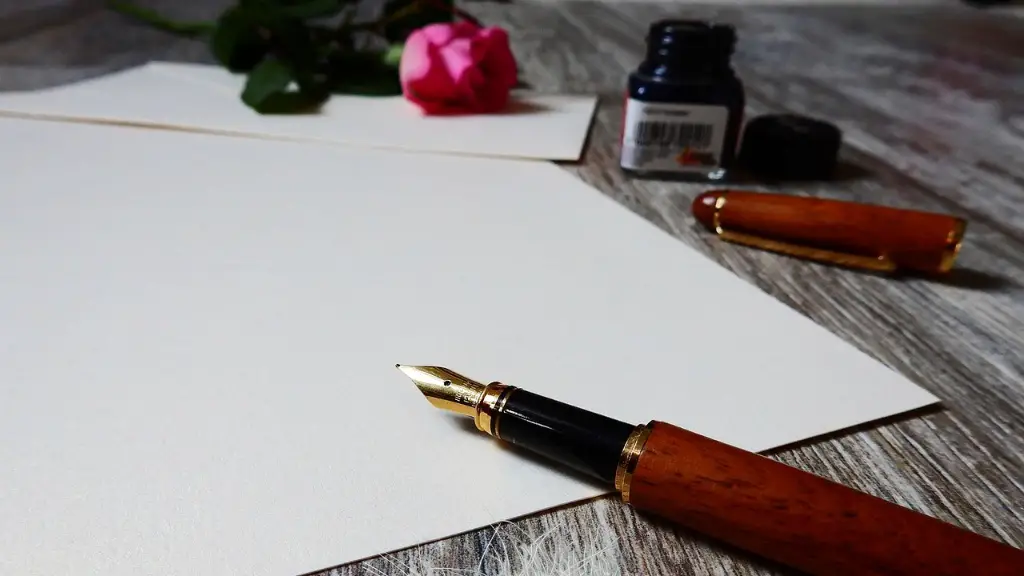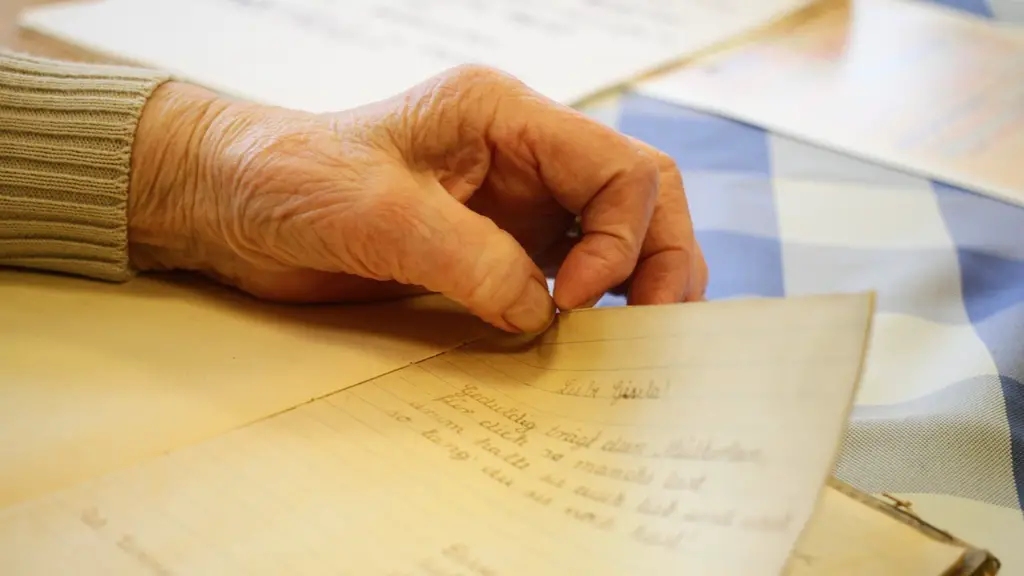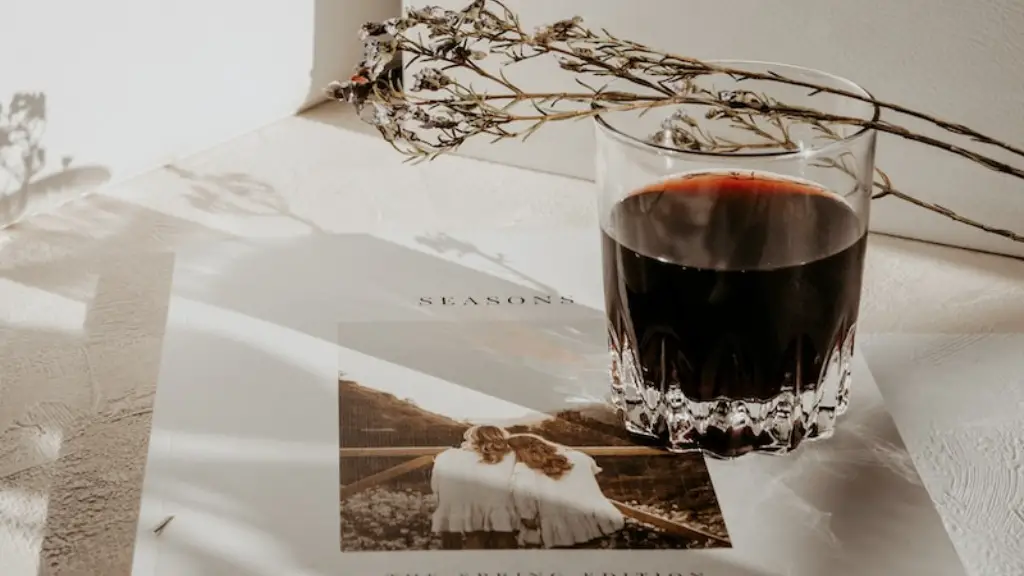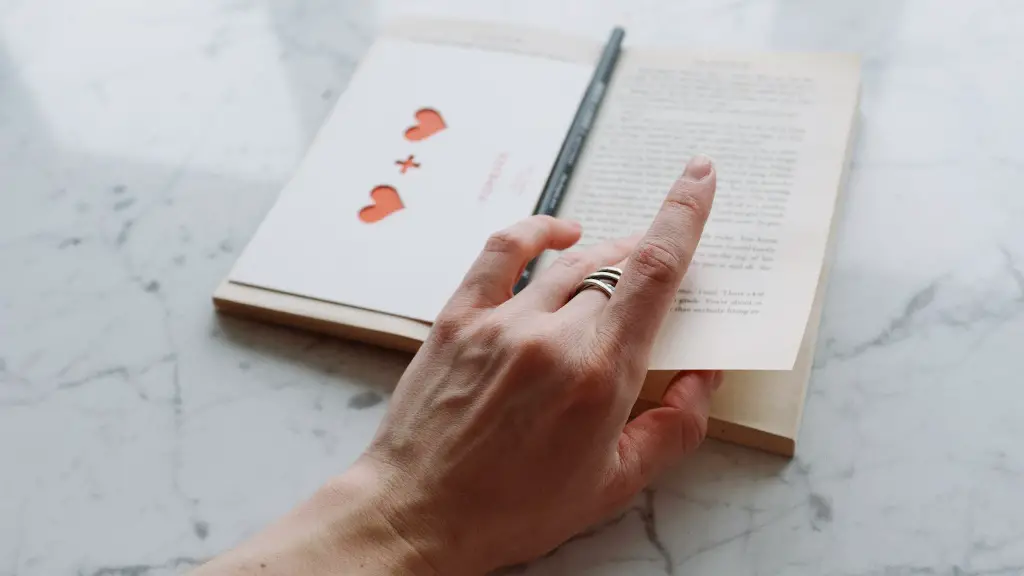How to Describe Rhythm in Poetry
Rhythm is one of the central elements of poetry, and is an essential component of every good poem. Rhythm, also known as meter, is the repetition of sounds, syllables, or words in a specific pattern. Many poets use a combination of regular and irregular rhythms in poem. This creates an underlying musical quality that can make a poem powerful and memorable. It can also create a feeling of movement and flow, making it easier for the reader to get lost in the words.
To understand how to describe rhythm, it’s important to first understand the different types of rhythm used in poetry. The most common rhythm in English is feet. Feet are the basic unit of measurement for rhythm in poetry and consist of two or three syllables. These syllables can have regular patterns, called metered feet, or an irregular pattern, called free verse. Metered feet are further classified into “iambic,” “anapaestic,” “trochaic,” and “spondaic.” Iambic is the most common type of meter in English poetry, and is created with two syllables: the first unstressed, and the second stressed.
Rhythm can also be used to create different effects in a poem. By shortening or lengthening syllables, poets can create a feeling of acceleration or slow-down. That is why a text-reading of a poem can’t fully capture its true poetic power. The rhythm of a poem can make certain words or phrases more powerful and can make it easier for the reader to feel the emotion intended in the poem.
In addition to meter, the choice of words within a line of a poem can affect its rhythm. In English poetry, the goal is often to have a specific number of syllables in each line. Choosing words that have more syllables than one might anticipate is a way to create a sort of rhythm that moves against the meter, creating a more interesting and varied effect. Likewise, introducing extra beats or pauses can also create new effects.
Rhythm is not something that can be fully explained in words. Ultimately, to develop a skill in describing rhythm in poetry one needs to read, listen to, and practice feeling the rhythms of different types of poems. With practice, and a solid core understanding of the different rhythms used in poetry, it is possible to become a skilled reader and able to describe rhythm in poetry.
Metered Feet & Free Verse
As discussed above, the two main types of rhythm used in poetry are “metered” and “free verse.” Metered feet consist of two or three syllables that repeat in a pattern, while free verse does not have any set meter. Metered poems can be written in a variety of different meters, such as iambic, anapaestic, trochaic, and spondaic. Each has a unique sound and feel to it.
In metered poems, the words and syllables used create a sense of movement and flow. This can be used to evoke certain emotions or feelings in the reader. On the other hand, free verse poets use words of varying length and patterns to create a sense of freedom and spontaneity. Metered poems can create a sense of order and structure, while free verse can be used to break out of a traditional or expected structure and create something new.
For those who are just starting to learn about rhythm in poetry, understanding both meter and free verse is essential. Even experienced poets can benefit from doing further research and learning as much as possible about the different types of meter.
Rhythm & Meaning
It is important to remember that when writing or reading a poem, rhythm plays an important role in conveying the poet’s message. The meter, the choice of words and their length, the choice of pauses and patterns, all these contribute to the overall meaning of a poem. A poem’s rhythm can be used to emphasize certain words, to convey a sense of urgency or leisurely progress, or to create a certain atmosphere or mood.
For poets, understanding how to use rhythm in a poem is an essential part of the craft. Being able to vary meters, create new patterns, and understand how the sound of a poem impacts its meaning all contributes to making a poem powerful. When reading or analyzing a poem, one should pay close attention to the rhythm of the poem, as it is a key part of understanding the poem’s message and its effects on the reader.
Rhythmic Devices
There are a variety of devices that can be used to create rhythms in a poem. These include alliteration, assonance, and onomatopoeia. Alliteration is the repetition of the same consonant sound at the beginning of words, for example, “the quick, brown fox.” Assonance is the repetition of a vowel sound within words, for example, “call a bell.” Onomatopoeia is the use of words that imitate or suggest the sound they represent, such as “hiss.” These techniques are used to increase the rhythm of a poem and can be used to create interesting effects.
Another common technique used to create rhythm in poems is imagery. This device can be used to create vivid and memorable images in a poem. Imagery can be used to evoke certain emotions in the reader and to add a certain rhythm and flow to the poem. Finally, repetition is another powerful tool used by poets to create a sense of rhythm. Repetition of certain words, phrases, or lines of text can help to create a more unified and powerful poem.
Rhythm in Poems
By using a combination of metered feet, free verse, and a variety of rhythmic devices, poets can craft powerful poems that will connect with readers and last for generations. Understanding how to harness the power of rhythm in poems is a key skill both for poets and readers of poetry. Beginners should start by learning about the various types of meter and poetic devices, and then try to read and write their own poetry in different meters. With practice and study, one can gain insight into the power of rhythm and how it can be used to create powerful and meaningful poems.
Rhythm & Prosody
One of the most important formal aspects of poetry is prosody, or the study of meter and the art of versification. Prosody deals with issues such as the types of meters, how they are used, and how different types of meter can create different effects. Through the study of prosody, poets can become more familiar with different types of meter and versification and begin to gain an understanding of how rhythm can be used in their poems.
Beats & Meters
The use of beats and meters is another way to bring rhythm into a poem. Beats are created by emphasis on a particular word or syllable. These are often used to create a heightened effect, such as suspense, joy, suspense, and so on. Meters are more structured, and can be iambic, anapaestic, trochaic, or spondaic, each with its own sound and feel. Beats and meters work together to create a powerful and unified rhythm to a poem.
Rhythm & Language
Since language is what gives a poem its structure, it is important to understand how to use language in order to create rhythm. To create a successful poem, the poet must be mindful of how language is interacting with a poem’s underlying rhythm. The poet should be aware of the language they are using and strive to make sure it will interact with the rhythm of the poem in order to create powerful effects.
